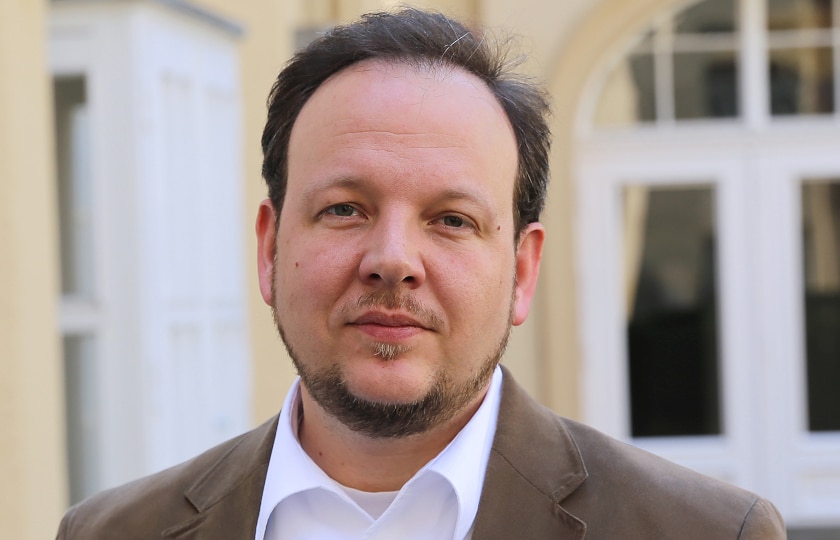Must, should, may digitally edited photos in social media be labeled? On behalf of the Commission for the Protection of Minors in the Media (KJM), the HBI is investigating the necessity of a legal labeling requirement for edited photos and videos.
In view of the potential negative effects of manipulated images on body image, especially among young people, an interdisciplinary team at the HBI is analyzing the current state of research on the effects, the experiences with existing regulations in other countries (Israel, France and Norway) and identifying the requirements for effective labeling. If necessary, the interdisciplinary project team will develop a proposal for an appropriate legal regulation in Germany based on the findings.
The expert opnion is intended to provide political decision-makers with a sound basis for possible regulatory measures in digital image manipulation.
Background and Expert Questions
The ongoing digitalization and the rise of social media have fundamentally changed the way we use media and interact with each other. In particular, the rapid rise of platforms such as Instagram or TikTok has led to a significant increase in visual content in the form of user-generated photos and short videos, which are often edited or retouched. This is partly because the platforms themselves offer low-threshold options for using effects and filters. Many creators, influencers, celebrities and even ordinary users edit their photos to present an idealized image of themselves. While in some cases this can be understood as artistic expression or marketing strategy, retouched representations pose potential risks for individuals, groups of people and society as a whole.
Where social media acts as a (new) socialization instance and where representations of appearance, self-presentation and gender roles are (particularly) relevant for children and young people, ubiquitous edited photos can convey unrealistic beauty ideals. Adolescents and older children who are in the process of developing their identity are particularly susceptible to visual messages conveyed by idolized people in social media, especially in view of the feedback culture there, with likes and comments that reinforce and perpetuate supposed beauty ideals. At the same time, they are often unable to recognize the discrepancy between the retouched images and reality, which can lead to a distorted self-image and image of others. The pressure to conform to a certain appearance can lead to low self-esteem, body dissatisfaction and consequential problems such as eating disorders or the desire for cosmetic surgery.
The increasing use of applications of generative artificial intelligence (AI) further intensifies the problem. AI technologies not only make it possible to retouch images, but also to create them entirely artificially. This makes it even more difficult to distinguish between authentic and manipulated images. The increasing use of such technologies in media production can lead to the boundaries between reality and fiction becoming even more difficult to determine.
In this context, the necessity of a legal requirement to label edited photos and videos is being discussed. The idea is that such a requirement could help to create transparency and awareness on the part of recipients, thus ideally reducing the potential for harm inherent in retouched images. Several countries already have such regulations in place, including Israel (2013), France (2019) and Norway (2021). These new regulatory frameworks are discussed under the term “body image laws”.
At the same time, the question arises as to how such a labeling requirement can be implemented effectively and practically without disproportionately restricting artistic freedoms, freedom of expression or commercial interests.













![Screenshot of an article on the Verfassungsblog. Title of the article: “Ein rundfunkrechtliches ‘Solange’?” [An “As Long As" in Broadcasting Law?]](https://leibniz-hbi-de.b-cdn.net/wp-content/uploads/2025/10/Verfassungsblog-Mast-Schulz-OeRR.jpg)